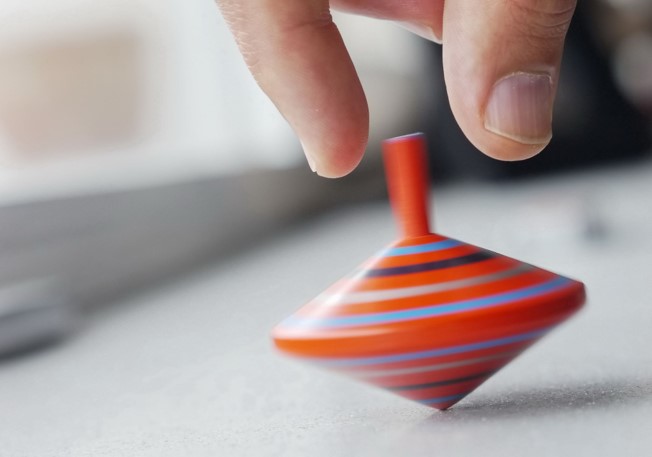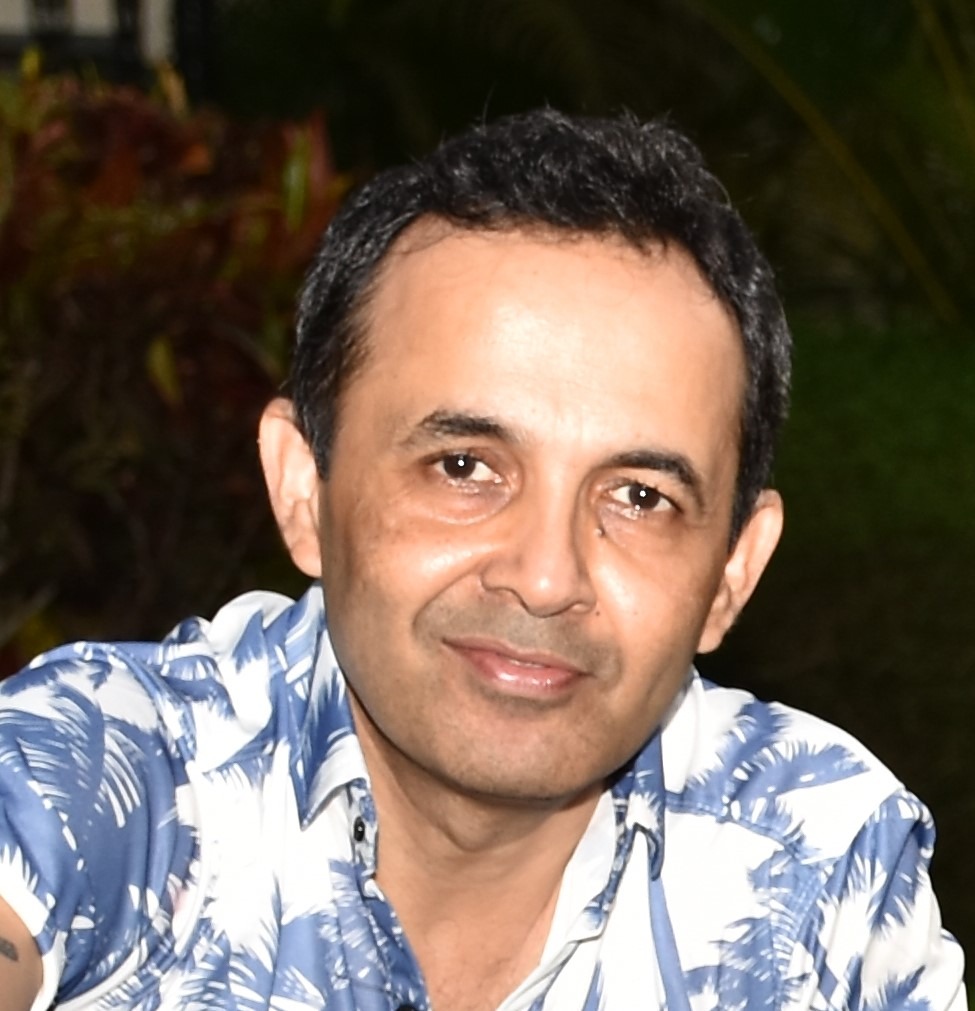There are no items in your cart
Add More
Add More
| Item Details | Price | ||
|---|---|---|---|
Well, this blog is about achieving speed and precision in Surgery in general, and Plastic surgery in specific. My perspective has been shaped by the wisdom of my teacher Dr. Yogesh Bhatt, the questions and observations of my students, and my own experiences in both public and private operating rooms. As the Marines say, “slow is smooth, and smooth is fast.” That phrase captures the essence of achieving efficiency in surgery . Not through haste, but through thoughtful preparation, respect for tissues, and deliberate practice.
Why Speed Matters :
The duration of surgery is not just a matter of convenience. For patients, shorter operative times mean less exposure to anaesthesia and fewer anaesthesia related complications, smoother extubation, less time in a paralyzed position reducing risks of neuropraxia and thromboembolism and lower chances of surgical site infections, which have been shown in multiple studies to increase with longer operations.
In private practice, operating theatre charges are billed by the hour, so faster surgery reduces the financial burden for patients. In public sector hospitals, where OT days are scarce, efficiency and speed means more patients can be accommodated on a given list.
The ideal surgery, then, is one that takes as little time as possible while remaining completely safe, precise, and respectful of tissues. True speed should always benefit the patient, not the surgeon’s ego.
How to Achieve Speed Without Haste :
Speed in surgery comes from efficiency and planning, not from rushing. In my experience, even two minutes of mental rehearsal before scrubbing in, visualizing the procedure, and anticipating each step can dramatically improve flow in the operating room.
What can be done preoperatively should always be done before the patient is anesthetized. For instance, Doppler-ing a perforator outside the theatre saves time and avoids distractions once the case has begun.
Anticipation extends to instruments and sutures as well. Very commonly, especially in public sector hospitals, we all have seen that , asking for a “5-0 Ethilon” only when you need it triggers a long search and delay. If we anticipate our needs and communicate them a few minutes earlier, those small savings accumulate to a substantial time.
Every surgery has steps that deserve time and those that should move briskly. Dissecting a perforator in a flap carefully with utmost respect and giving it the time it deserves is a must do, and worth the investment, while harvesting a fasciocutaneous flap should not take more than few minutes once markings are done. Recognizing which steps require and deserve more time and efforts, and which are straightforward saves a lot of time.
Acknowledging intraoperative difficulties early on when they arise is important. It happens to all of us, especially in the early phases of our career. We might not find the nerve we are looking for in a nerve transfer, or the plane between the rectus and vastus during ALT harvest, or the radial artery is left below during the radial artery forearm flap harvest, or we accidentally cut the FDP tendon to harvest instead on an FDS for a tendon transfer!!! The list can be long!! When we are “in a soup” and cannot find the way forward, we shouldn’t waste precious time fumbling. We should call a colleague, a teacher, or someone more experienced than us in that field. A simple intraop WhatsApp video call can easily solve many problems. Recognizing our limits and asking for help is not weakness; it is efficiency.
Often before uncommonly performed surgeries, I call my friends, seniors, or teachers, and ask them how to proceed. I make it a point to specifically ask them what not to do, rather than what to do. What to do is often given in books and shown in videos. What not to do comes from experience!
Technology itself can be an ally in achieving speed in surgery. Using a fine tip cautery with low settings directly for skin incisions reduces blood loss, identifies tissue planes clearly, and produces scars that are just as good as those made with a scalpel. Pain in the post operative period is also said to be lesser with cautery than with knife!
In surgery, as well as in life, we should be ready with our “If-Thens”! If I don’t find a perforator, then what? If I accidently perforate the rectum during vaginoplasty, then what? If the greater palatine vessel is transacted during palate surgery, then what? Anticipating the unwelcome events and being ready with the plan of action if they do occur smoothens the entire process.
Whenever available, a two-team approach can make a substantial difference. In select cases, where the defect size is fixed, flap harvest and debridement can happen simultaneously. In burn contracture releases, one team can release while another can harvest skin grafts.
Finally, familiarity with anatomy is the single most important element of surgical speed. Surgery is like driving a car, we have clutch, brake, and accelerator; in surgery, it is cut, coagulate, and suture. On our familiar road, when we know where the speed brakers are , where the potholes are , where the schools are, we navigate the road smoothly knowing where to go slow and where to speed up. Similarly, during surgery, when we are aware of the anatomy of the critical structures, the underlying muscles, the vasculature, surgery goes smoothly. If we know the road , the anatomy , we anticipate the bumps and curves, and our operation flows smoothly.
Learning, Reflecting, and Improving:

One of the most valuable and underutilised tools for improving speed and precision is self-observation. Recording our own surgeries and reviewing them with a critical eye definitely increases the quality as well as the speed of our surgeries.
There is also immense value in watching other surgeons’ videos. Some are excellent, others less so, but each offers lessons. By observing with a critical eye, we can adopt good practices and avoid bad ones. Speed in surgery is not about cutting corners. It is a reflection of good technique, efficient motion, and avoidance of complications. A few seconds saved here and there may seem trivial, but they accumulate into meaningful differences for both patient and surgeon. The danger lies in lusting for speed, which leads to carelessness, complications, and ironically, longer surgeries.
Sir Harold Gillies put it best: “Speed in surgery consists of not doing the same thing twice.” That is the essence of efficiency : smooth planning, careful execution, and learning from every experience so that errors are not repeated.

Dr.Nikhil Panse
By passion and by profession, I am a Plastic & Reconstructive Surgeon. I am deeply involved in education, research, and spreading awareness about the true scope and impact of plastic surgery.